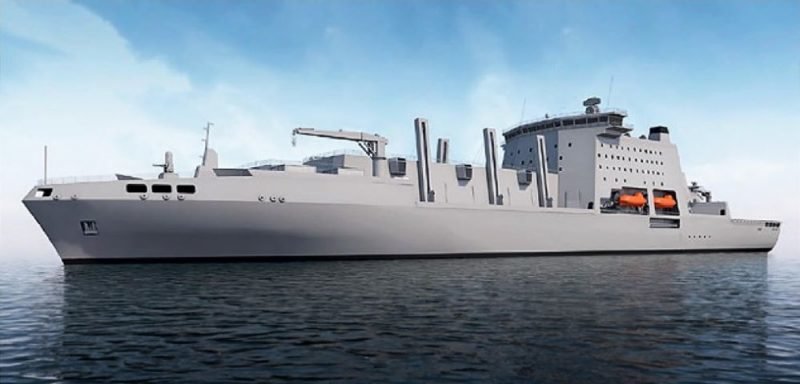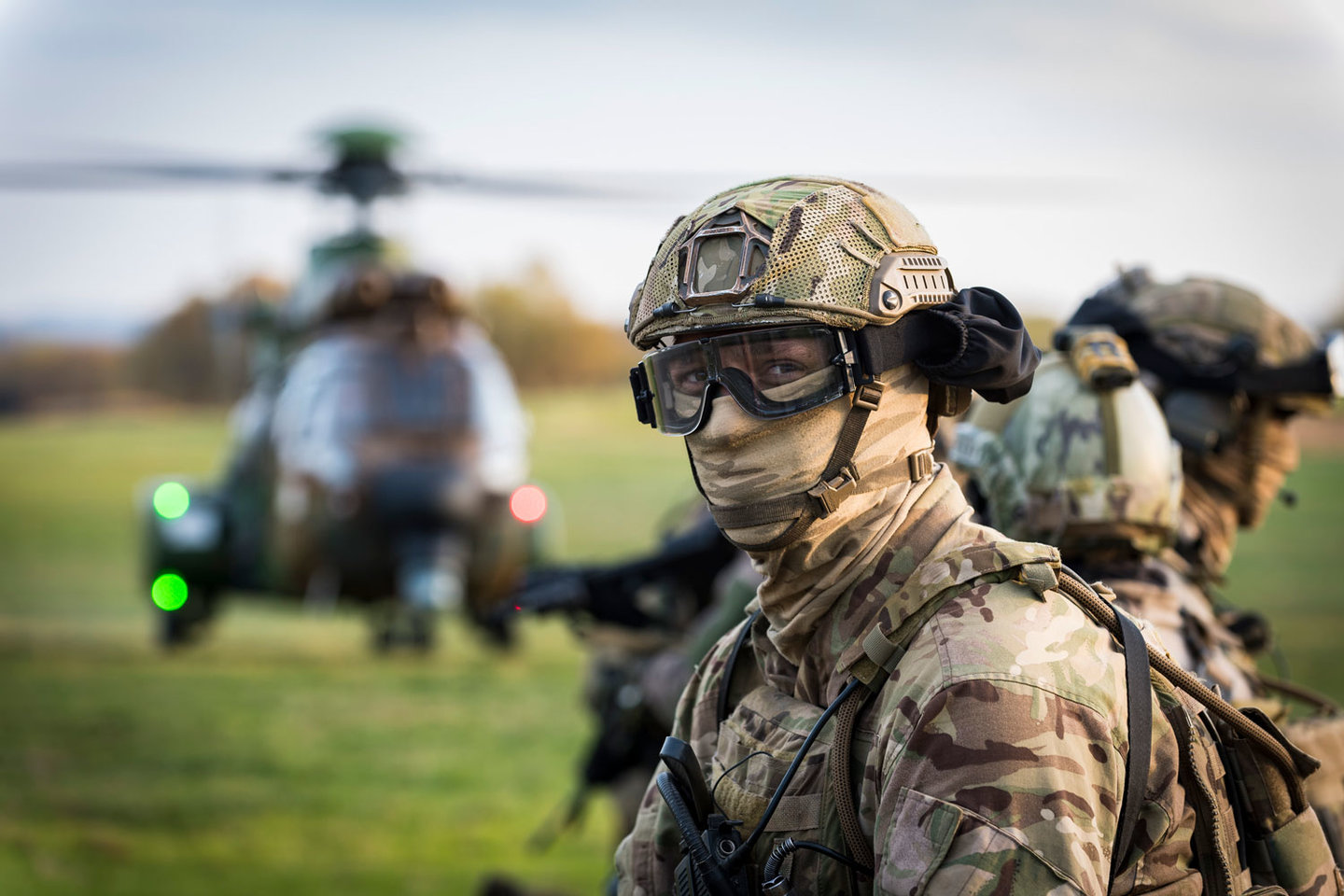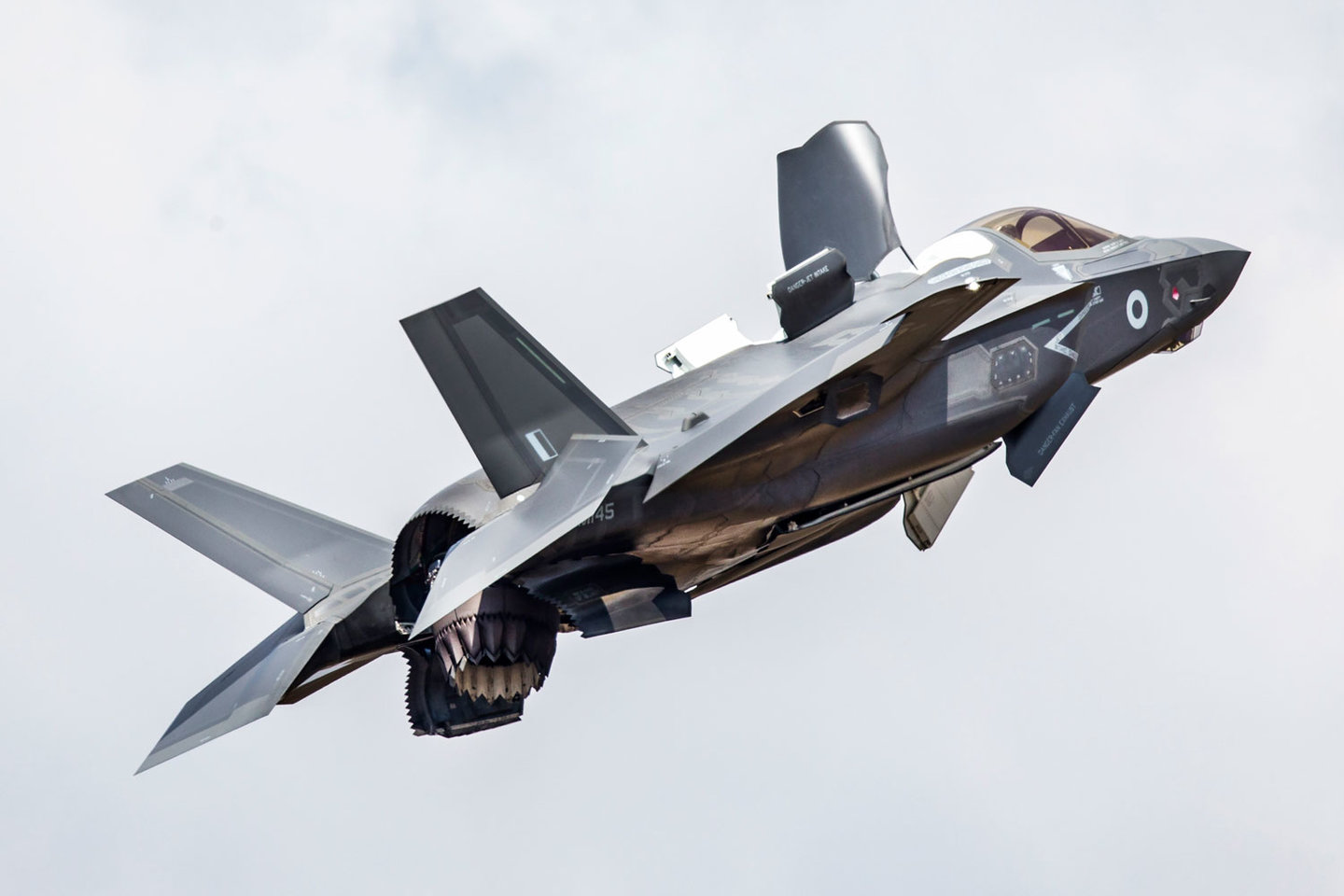POLICY
What to expect from the UK’s integrated review
As the UK Government embarks on its integrated review into defence, security and foreign policy, Harry Lye rounds up the rumours of what capabilities could face the chopping block.
Challenger 2 and Warrior
In late August, The Times reported that military chiefs were assessing plans to cut the British Army’s entire fleet of Challenger 2 main battle tanks (MBTs) and Warrior armoured fighting vehicles (AFVs) in light of possible defence budget cuts as a result of the coronavirus pandemic.
According to this report, the UK would shift its focus and capability offering to NATO to cyber, unconventional warfare and attack aviation.
At the time, MP and Chair of the Defence Committee Tobias Ellwood told Global Defence Technology’s sister publication Army Technology that MBTs and AFVs were a “critical, yet neglected” tool in the UK’s arsenal, calling for “strategic decisions not ham-fisted cuts”.
In its story, The Times quoted a government source as saying: “We know that a number of bold decisions need to be taken in order to properly protect British security and rebalance defence interests to meet the new threats we face.”

A Warrior IVF during a NATO exercise. Image: Crown Copyright / MOD
Ellwood criticised these rumours, saying: “Whilst it is clearly positive that the MOD is recognising and responding to the ever-changing nature of threats to UK security, this newest development may simply be cost-cutting under the guise of modernisation: a case of robbing Peter to pay Paul.
“The Defence Committee will be monitoring developments closely and have launched an inquiry into the current capabilities of armoured fighting vehicles in the UK. Armoured vehicles are a critical, yet neglected, tool in our arsenal. Now is the time for smart, strategic decisions, not ham-fisted cuts.”
At the time a MOD spokesperson said: “Our commitment to NATO is unwavering, and the UK recognises that as a global military power our greatest strength remains our alliances. We are engaging our international allies and industry partners as we develop and shape defence’s contribution to the integrated review.”
Fleet solid support ships
In early July, the Telegraph reported that £1.5bn plans for the Royal Fleet Auxiliary’s fleet solid support ships could be mothballed if the defence budget is cut as a result of Covid-19.
The ships are needed to supply the Queen Elizabeth-class carriers with supplies while at sea but have faced a number of stumbling blocks. Last year, plans for the vessels were put on hold with the MOD saying none of the bidders could meet the requirements for cost.
Earlier this year, the MOD issued a prior information notice for the ships, sparking fears that the tender could be given to a foreign shipbuilding company in order to save costs. We understand that a further decision on the fate of these ships is due in the autumn.

Concept image for the fleet solid support ship. Image: BMT
British Army personnel
Defence chiefs have also reportedly drawn up plans to reduce the size of the British Army by 20,000 personnel, an idea which the prime minister’s senior adviser Dominic Cummings is said to be interested in.
Cuts to the size of the army would go hand-in-hand with the closure of bases, with the money saved reportedly being injected into cyber capabilities and space.
In its manifesto, the Conservative party pledged to maintain defence spending at 2% of GDP, however, as a result of the coronavirus pandemic, this has seen a sharp fall.

British soldiers during training. Image: Crown Copyright / MOD
Fighter jets
Another reported target of the defence review could be the number of F-35s the UK acquires as it looks to balance investment in the Lockheed Martin fighter with the development of Tempest, the UK’s future air combat system.
The UK originally outlined plans to purchase 138 F-35s, however, according to The Times, defence chiefs have discussed halving that number to 70 jets as a minimum order.
Under current plans, the UK has a firm commitment top purchase 48 F-35B aircraft by 2025, enough to deploy a squadron to each of the two Queen Elizabeth-class aircraft carriers.
Tempest is still in the early stages of development, with an estimated in-service date of 2035. The aircraft is being designed to replace the Eurofighter Typhoon and will likely fly alongside the F-35.

An RAF F-35B performs a hover manoeuvre. Image: Crown Copyright / MOD